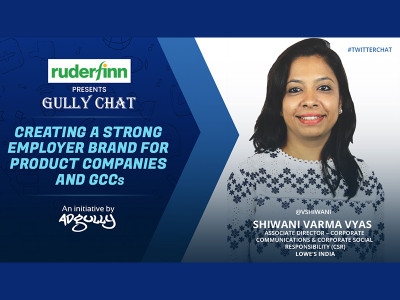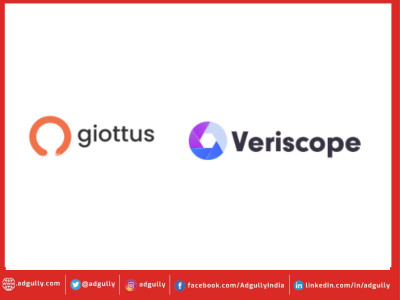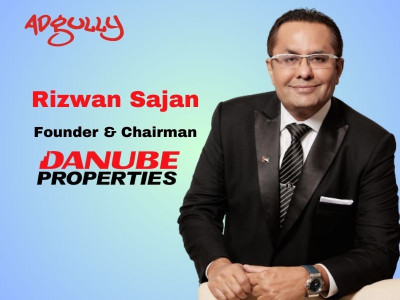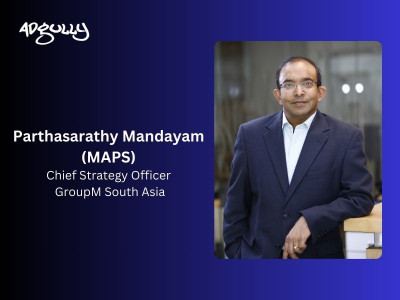"Employees are the driving factor behind customer satisfaction"
The last one and a half years have seen a severe disruption in business operations due to the global pandemic. During this period, we have also seen companies become more empathetic towards their consumers as well as employees. As entire businesses transitioned to working from home almost overnight, this threw up several new challenges. Tough economic conditions also saw several businesses having to shut shop or resort to harsh measures like salary cuts and layoffs.
As lockdowns are lifted and the economy fights back to return to normalcy, the workplace dynamics are changing. Remote working is still continuing in a large number of companies, while some are adopting a staggered presence of employees in the physical offices.
The new normal has put greater demands on employees, who on the personal front are also struggling to balance their work life and homes as the lines have blurred and work has started taking up more of the employees’ ‘me time’.
Companies need to address the new realities of the workplace to keep their workforce motivated and productive, while preventing employee burnout.
Shiwani Varma Vyas, Association Director - Corporate Communications & Corporate Social Responsibility, Lowe’s India, addressed these new realities in a special #GullyChat on ‘Creating a stronger employer brand for product companies & GCCs’ – an Adgully initiative, on September 22, 2021. She tackled issues such as role and purpose of the office in the new normal, implications of the changing nature of the workplace, looking at a sustained WFH culture and much more.
What role does communications play to create an inclusive environment for employees in a remote working culture?
According to Varma, “Being inclusive is a mind-set. At Lowe’s, we’re committed to building a diverse and inclusive workplace. In a hybrid workforce, the way to define inclusivity also needs to evolve – it is now also about ensuring that teams which are not co-located....”
“Or folks who’ve joined virtually and never met in person also feel as much a part of the team as the others. As comms professionals we need to partner with leaders and HR colleagues to drive this mind-set within the organisation,” she stressed.
She pointed out that awareness and enablement for leaders on driving an inclusive way of working, formats and channels of communication we use, etc., all play a critical role in driving inclusivity.
Is it possible for marketing & communications to play a key role to help understand the brand and company’s values?
According to Sharma, how people communicate with each other and consume and share information, form the life-blood of any organisation – and, its values are the heart-beat. “Comms and marketing teams play a critical role in driving not only awareness, but also evangelising the values. Be it through ‘values awareness campaigns’ or how we communicate and message critical achievements and news,” she added.
With a move to hybrid, what changes for comms and branding teams? What role do these teams play in delivering a seamless employee experience and strong employer brand?
Speaking about the roles that teams play in delivering employer experience, Sharma noted, “How organisations and teams communicate has never been more important than now. A move to hybrid only further underlines its importance.”
She further said, “Comms and branding teams will now need up the ante on not only channels and formats of communication, but also use data and insights to continuously improve employee/ candidate experience on how, when and where they receive and consume information and collaborate.”
According to Sharma, “Comms teams’ role is also continuing to evolve to being not only an enabler, but coach to key stakeholders in how they deliver a seamless employee/ candidate experience.”
Follow the complete conversation on Twitter – @adgully
















Share
Facebook
YouTube
Tweet
Twitter
LinkedIn